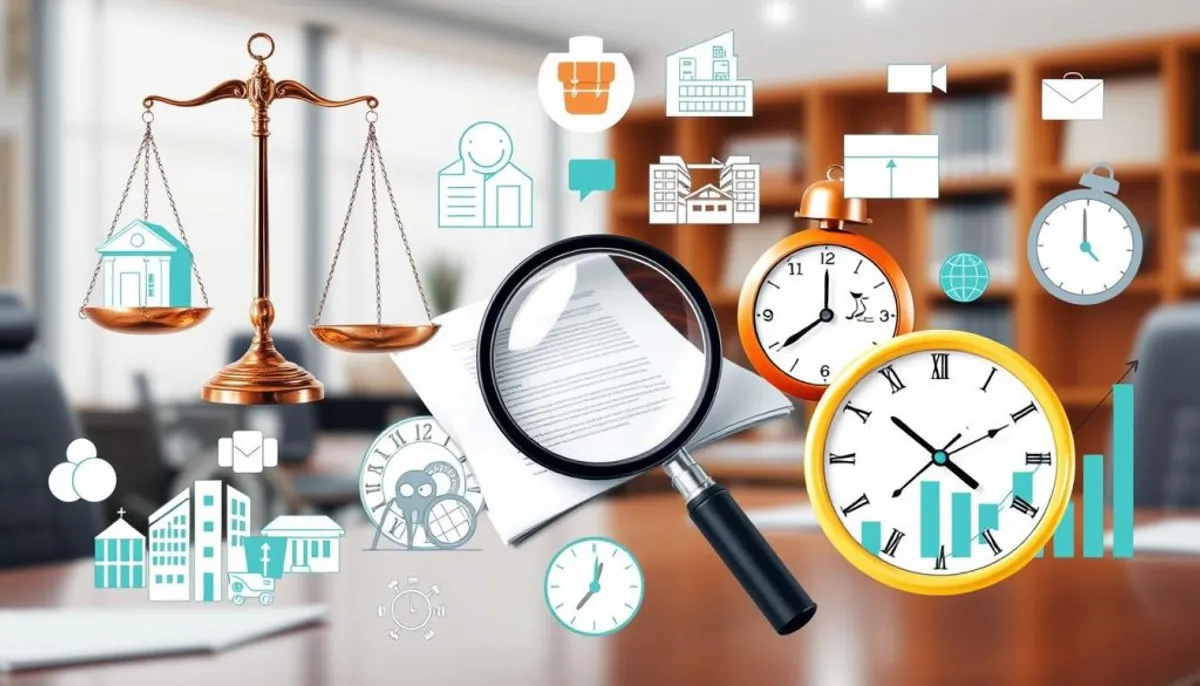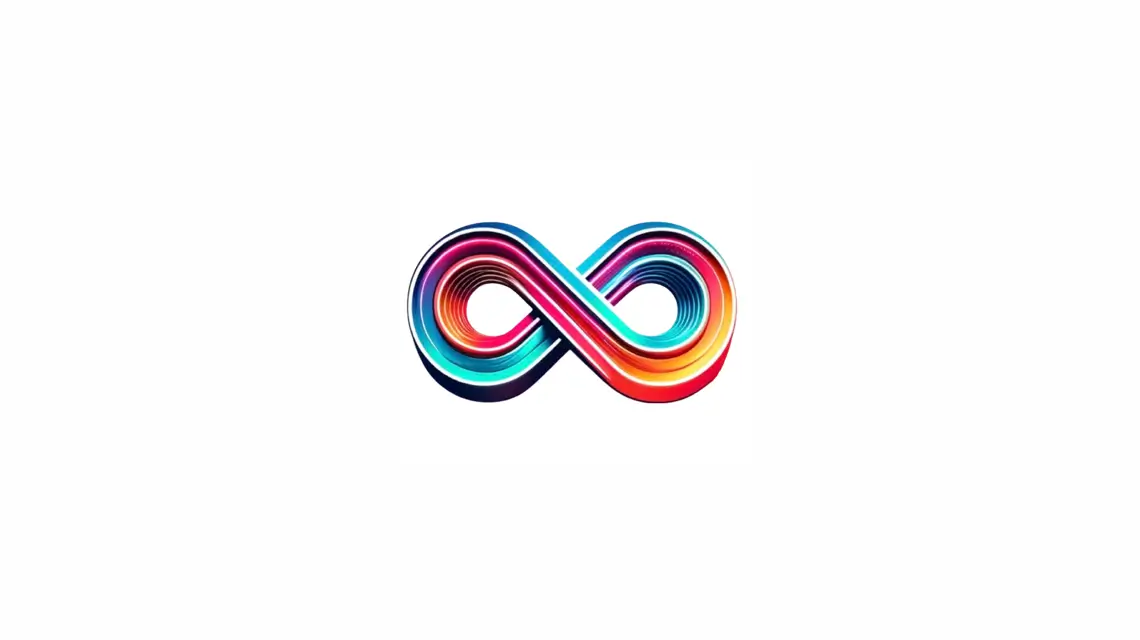Dealing with unpaid debts poses a significant challenge for businesses. When internal efforts prove insufficient, many seek assistance from collection agencies. The question of cost becomes paramount. Let’s explore the realm of collection agency fees and debt collector charges.
Collection agencies generally charge between 20% to 50% of the recovered amount. This broad spectrum is influenced by several factors. The age of the debt, the total amount owed, and the industry all impact the final fee.

Small businesses often turn to collection agencies when their own efforts to recover debts fail. This typically occurs after 90-120 days of non-payment. These agencies employ various strategies to collect debts, all while adhering to the Fair Debt Collection Practices Act.
Key Takeaways
- Collection agency fees usually range from 20% to 50% of recovered amounts
- Debt age, amount, and industry affect collection costs
- Agencies step in after 90-120 days of non-payment
- Some agencies offer flat-fee services starting at $9 per account
- Additional services like credit reporting may incur extra charges
- Interest charges on debts can reach up to 30% or more
- Seeking expert advice can help manage significant collection debts
Understanding Collection Agency Pricing Models
Collection agencies employ diverse pricing models for debt recovery fees. These models dictate the cost of their services. Let’s examine the prevalent collection agency commission structures.
Contingency-Based Fees
Contingency fees are the dominant pricing model. Agencies only charge if they successfully collect the debt. Fees range from 15% to 50% of the collected amount. The exact percentage varies based on debt age and complexity.
Flat-Rate Pricing
Flat-rate pricing is another model. It charges a fixed fee per account, irrespective of recovery success. Fees can range from $10 to $50 per account. The cost is influenced by the agency and the number of accounts assigned.
Tiered Service Pricing
Tiered pricing structures offer variable fees based on debt characteristics. Newer debts may incur lower fees (15%-20%), while older debts or those requiring legal action may have higher fees (35%-50%). This model provides more flexible collection agency commission rates.
| Pricing Model | Fee Range | Best For |
|---|---|---|
| Contingency | 15-50% of recovered amount | Businesses with varied debt portfolios |
| Flat-Rate | $10-$50 per account | Companies with consistent debt types |
| Tiered | 15-50% based on debt characteristics | Organizations with diverse debt ages and complexities |
Understanding these pricing models is crucial for selecting the most suitable option for your debt recovery needs. Consider your debt portfolio and business objectives when choosing a collection agency and its fee structure.
How Much Does Collection Agency Charge
Collection agency rates fluctuate based on the size of delinquent accounts. Understanding these fees is essential for businesses seeking a debt recovery partner. It aids in making informed decisions.
Small Balance Collections
For accounts under $1,000, collection agencies charge 7-15% of the recovered amount. These rates are higher due to the effort required to pursue smaller debts.
Medium Balance Collections
Accounts between $1,000 and $5,000 incur fees ranging from 15-25%. This range strikes a balance between the agency’s effort and the potential recovery amount.
Large Balance Collections
For debts over $5,000, fees can reach 25-50%. These rates reflect the complexity and resources needed for large-scale debt recovery.
Collection agency rates often follow a tiered structure. Some agencies offer rates as low as 7% for specific first-party collection programs. Others may charge up to 50% for consumer collection accounts.
| Balance Size | Typical Fee Range | Notes |
|---|---|---|
| $1 – $1,000 | 35% | Higher rates for smaller balances |
| $1,000 – $5,000 | 25% | Moderate rates for medium balances |
| $5,000 – $50,000 | 20% | Lower rates for larger balances |
| $50,000 – $500,000 | 15% | Competitive rates for substantial debts |
| $500,000+ | 10% | Lowest rates for major recoveries |
When assessing collection agency fees, consider more than just the rate. Success rates, industry expertise, and customer service quality are critical. They play a significant role in maximizing debt recovery while minimizing costs.
Factors Affecting Collection Agency Rates
Collection agency rates are influenced by several critical factors. The age of the debt significantly impacts unpaid debt collection charges. Older debts, being more challenging to collect, result in higher fees. The total amount owed also plays a role, with larger debts often commanding higher percentages.
The type of debt, whether business or consumer, also affects overdue payment collection costs. B2B collections may have distinct pricing structures compared to B2C collections. Industry-specific challenges can further influence rates, with some sectors facing unique hurdles in debt recovery.

Location is another factor to consider. Debts owed by individuals in different regions may incur varying collection costs. The necessity for legal action can substantially increase fees. Agencies might offer lower rates for clients with high account volumes or for debts that are easier to collect.
| Factor | Impact on Collection Rates |
|---|---|
| Debt Age | Older debts: Higher rates (up to 50%) |
| Debt Amount | Larger debts: Higher percentage fees |
| Debt Type | B2B vs B2C: Varied pricing structures |
| Industry | Sector-specific challenges affect rates |
| Debtor Location | Regional differences in collection costs |
Interestingly, adopting self-service collection options can achieve up to a 20% ROI and reduce high inbound call volumes by 30%. This approach not only affects rates but also enhances overall collection efficiency.
Industry-Specific Collection Costs
Collection costs vary across industries, reflecting the unique challenges and regulations each sector faces. Understanding these differences is crucial for businesses seeking debt recovery services.
B2B Collection Rates
Business debt collection rates typically range from 20% to 33%. These fees often depend on the size and age of the debt. For instance, a $50,000 invoice might incur a 15% fee, while a $1,000 invoice could see a 50% charge. B2B collections often involve larger sums and require specialized knowledge of industry practices.
B2C Collection Rates
Consumer debt recovery rates tend to be higher, usually between 25% and 40%. This increase reflects the challenges of locating and communicating with individual debtors. Agencies handling B2C collections may use automated processes for smaller claims to manage costs effectively.
Healthcare Collections
Medical debt collection is a complex field with specific regulations. Rates for healthcare collections generally fall between 15% and 35%. The lower end of this range often applies to newer accounts, while older debts may incur higher fees.
| Industry | Typical Rate Range | Key Factors |
|---|---|---|
| B2B | 20% – 33% | Debt size, industry knowledge |
| B2C | 25% – 40% | Debtor location, claim size |
| Healthcare | 15% – 35% | Account age, compliance rules |
When choosing a collection agency, consider their expertise in your specific industry. Some agencies specialize in certain sectors, potentially offering more competitive rates or higher success rates due to their focused experience.
Introducing ti3: A Modern Alternative to Traditional Collection Agencies
In today’s business environment, late payments are a major hurdle. With 89% of small-to-medium-sized businesses facing growth obstacles due to delayed payments, a new method for debt collection is essential. Ti3 emerges as a pioneering solution, aiming to transform the management of overdue accounts.
Automated Payment Recovery System
Ti3 employs state-of-the-art technology to simplify the debt collection process. Its automated system sends timely reminders, escalates issues when needed, and facilitates smooth payment collection. This method directly addresses the issue that 65% of businesses dedicate 14 hours weekly to payment-related tasks.
Client Relationship Preservation
Different from traditional agencies, ti3 focuses on preserving customer relationships. Its customer relationship management tools ensure professional and courteous communication during the collection process. This is crucial, as 25% of small businesses risk closure due to payment problems.
Cost-Effective Solution
Ti3 presents a cost-effective option compared to traditional debt collection agencies. By automating processes and minimizing manual intervention, it aids businesses in saving on collection fees. This cost savings is significant, given that small businesses spend around £5,000 annually on late payment recovery.
With ti3, companies can more effectively manage late payments, safeguarding client relationships and enhancing their financial health. This innovative platform marks a significant advancement in automated debt collection and customer relationship management.
Hidden Fees and Additional Charges
Collection agencies often surprise clients with hidden costs. These sneaky charges can inflate your debt recovery expenses. Setup fees, monthly minimums, and skip tracing services are common extras that catch businesses off guard.
Legal action costs typically stand separate from standard collection fees. It’s crucial to get clarity on all potential charges before partnering with an agency. Some firms advertise no hidden costs or sign-up fees, which can be a big plus for businesses watching their bottom line.

Debt recovery additional fees can significantly impact your total expenses. Let’s break down some common hidden charges:
| Fee Type | Description | Typical Range |
|---|---|---|
| Setup Fee | Initial cost to start services | $50 – $500 |
| Monthly Minimum | Charged if collections fall below a set amount | $100 – $500 |
| Skip Tracing | Cost to locate debtors | $10 – $50 per trace |
| Legal Action | Fees for pursuing legal routes | 10% – 50% of debt |
Remember, the Fair Debt Collection Practices Act (FDCPA) regulates what debt collectors can charge. They can’t add fees unless clearly stated in the original contract or after obtaining a court judgment. Stay informed to protect your business from unexpected debt recovery additional fees.
Timeline Impact on Collection Fees
The debt collection timeline is pivotal in determining the fees levied by collection agencies. As time elapses, the complexity of debt recovery escalates, resulting in elevated costs for creditors.
Early Stage Collections
In the initial 90 days of delinquency, collection fees are generally lower. Agencies might charge between 10% to 20% of the recovered sum. This period presents the most favorable conditions for successful recovery at a reduced expense.
Late Stage Collections
Post-120 days, debt recovery becomes increasingly arduous. Agencies often hike their fees to 25% to 40% of the recovered sum. This adjustment reflects the heightened effort needed to track down and engage with debtors.
Legal Action Costs
When debts persist unpaid, legal intervention may become imperative. Legal debt recovery costs can substantially inflate the total expenditure. These encompass court fees, attorney fees, and supplementary agency charges for overseeing the legal proceedings.
| Collection Stage | Typical Fee Range | Additional Costs |
|---|---|---|
| Early Stage (0-90 days) | 10-20% | None |
| Late Stage (120+ days) | 25-40% | Skip tracing fees |
| Legal Action | 25-50% | Court fees, attorney costs |
Grasping the timeline’s influence on collection fees is crucial for businesses to make strategic decisions regarding when to engage a collection agency. Prompt action can facilitate more effective outcomes and diminish overall costs in the debt recovery endeavor.
Comparing Top Collection Agency Rates
In the quest for the most effective collection agencies, it is imperative to scrutinize their pricing structures and success metrics. A thorough debt collection service comparison unveils considerable disparities in cost models and achievement rates among leading entities.
Summit Account Resolution presents a range of rates, from 7% to 50%, tailored to various collection scenarios. Prestige Services Inc. (PSI) imposes fees between 22% and 33% for B2B collections, achieving a 38% recovery rate. This figure significantly outpaces the industry norm of 20-25%.
Rocket Receivables employs a tiered flat-rate structure. They demand $21.95 per account for 10 accounts, $17.95 for 25, and $14.95 for 50 or more. Their recovery success rate is notably four times the industry standard, positioning them as a formidable player in debt recovery.
| Agency | Rate Range | Recovery Rate |
|---|---|---|
| Summit Account Resolution | 7-50% | 34.8% (up to 80% in some cases) |
| Prestige Services Inc. | 22-33% | 38% |
| Rocket Receivables | $14.95-$21.95 per account | 4x industry average |
| IC System | $14.95 flat fee or 25% contingency | Not specified |
IC System introduces a flexible approach with their Recovery Plus program. They charge a flat $14.95 per account for straightforward debts and a 25% contingency fee for more complex collections. This dual-pronged strategy addresses the varied needs of clients within the debt recovery domain.
Conclusion
Deciding on a collection agency or debt recovery service is a critical step for businesses. Fees for these services vary widely, often between 25% and 50% of the amount recovered. This range is influenced by factors such as debt age, size, and the industry it belongs to. For example, fees can be as low as 20% for debts under $1,000 and as high as 50% for those exceeding $500,000.
In evaluating a debt recovery service, it’s important to look beyond just the fees. Consider the agency’s success rates, their expertise in your industry, and the quality of their customer service. Agencies like ABC-Amega Inc. and Transworld Systems Inc. stand out for their specialized services. It’s also crucial to note that collection costs can vary significantly, from 10% to 95%, depending on the age of the debt. Thus, timing plays a pivotal role in the success of debt recovery efforts.
For businesses exploring alternative solutions, automated systems like ti3 offer cost-effective options. These systems are designed to manage overdue accounts efficiently while preserving client relationships. Ultimately, the choice of a collection agency should align with your specific business needs and circumstances.
RelatedRelated articles



